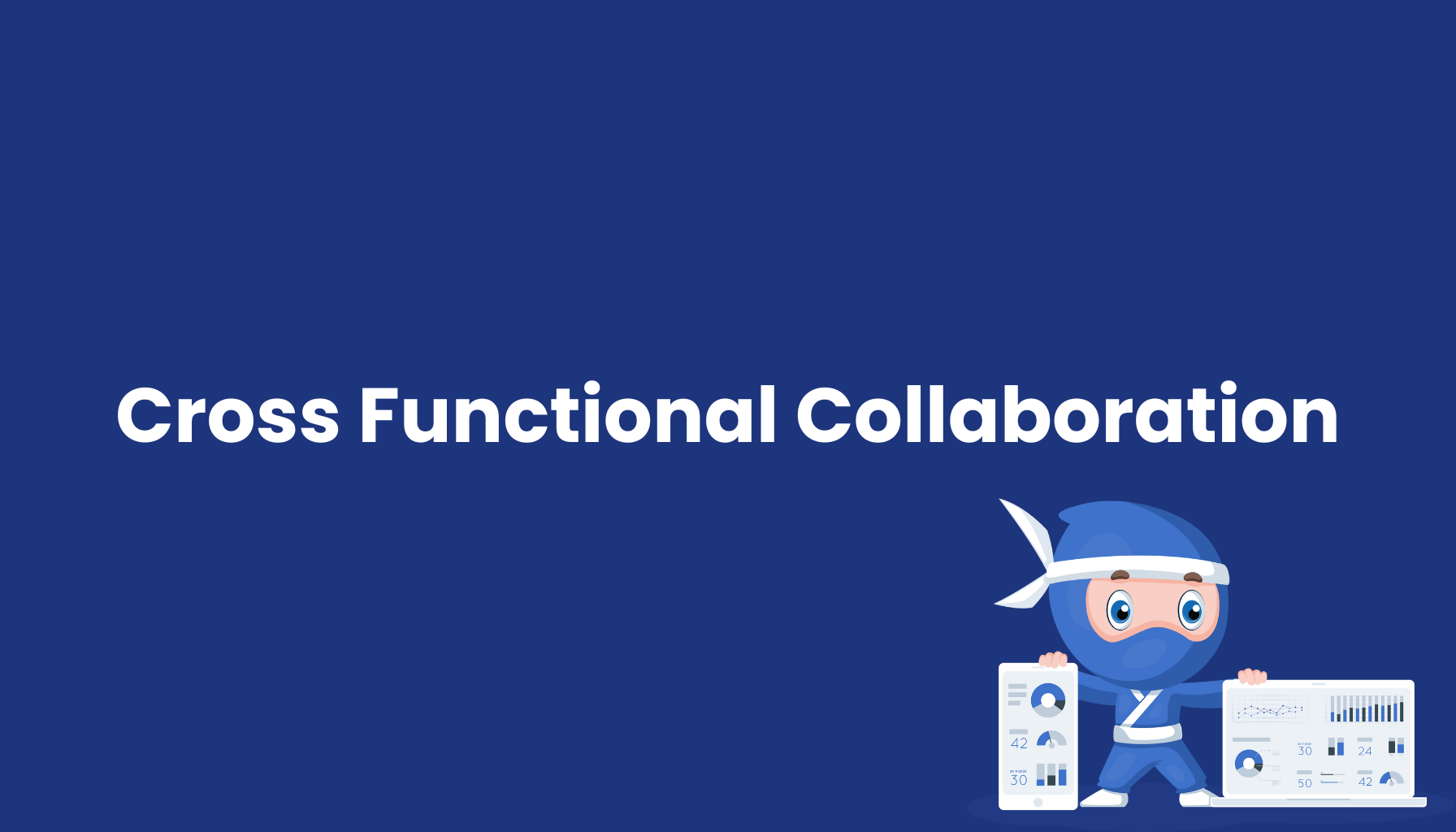Cross Functional Collaboration

Definition
Cross Functional Collaboration refers to systematic cooperation between different departments, disciplines, and functional areas within an organization to achieve common goals. This interdisciplinary cooperation breaks down traditional organizational silos and integrates different expertise, perspectives, and resources for improved problem-solving, innovation, and project execution.
Core Principles of Cross-Functional Cooperation
Shared Goals: All involved areas work toward unified corporate objectives rather than isolated departmental goals. Shared success measurement and joint responsibility.
Open Communication: Transparent information exchange between all participants. Regular coordination and structured communication channels.
Complementary Competencies: Different functional areas complement each other through their specific strengths and knowledge. Synergy effects through knowledge bundling.
Flat Hierarchies: Reduced organizational barriers enable direct exchange between different levels and areas.
Organizational Structures
Matrix Organization: Employees report to both functional and project supervisors. Temporary project teams with permanent departmental structures.
Project Teams: Interdisciplinary teams for specific tasks with members from different areas. Time-limited collaboration with clear objectives.
Working Groups: Permanent or temporary committees for handling cross-functional topics. Expert exchange and decision-making.
Process Teams: Teams responsible for entire business processes from start to finish. End-to-end responsibility instead of sub-process optimization.
Business Benefits
- Innovation Enhancement: Different perspectives promote creative solution approaches and new ideas
- Efficiency Gains: Reduced friction losses and shortened decision paths between departments
- Quality Improvement: Early integration of various expertise prevents subsequent corrections
- Flexibility Enhancement: Faster adaptation to market changes through coordinated response
- Employee Satisfaction: More varied activities and expanded learning opportunities
Applications
Product Development: Development, engineering, manufacturing, marketing, and sales work together on new products. Simultaneous development processes significantly shorten time-to-market.
Customer Service: Sales, technical support, logistics, and quality assurance coordinate for optimal customer experience. Holistic customer care instead of isolated touchpoints.
Digital Transformation: IT department, functional areas, management, and external service providers jointly develop digital strategies. Change management for successful implementation.
Quality Management: Production, quality assurance, development, and procurement work together on quality improvements. Preventive measures instead of reactive error correction.
Success Factors
Clear Role Distribution: Unambiguous responsibilities and decision-making authority for all team members. Prevention of competency overlaps and gaps.
Common Methods: Standardized working methods, documentation forms, and evaluation criteria. Uniform understanding of processes and quality standards.
Regular Coordination: Structured meeting rhythms and reporting systems. Status updates and early warning systems for timely corrections.
Leadership Support: Management commitment and active promotion of cross-functional initiatives. Resource provision and conflict resolution.
Challenges and Solutions
Conflicts of Interest: Different departments often have contradictory priorities. Define overarching corporate goals as common guidelines.
Communication Barriers: Technical languages and different working methods complicate understanding. Workshops and training for better mutual understanding.
Time Management: Additional coordination meetings burden already full work schedules. Efficient meeting culture and digital communication tools.
Cultural Differences: Different departmental cultures and working methods clash. Team-building measures and common value definition.
Technological Support
Collaboration Platforms: Digital workspaces for joint project work and document creation. Cloud-based solutions for cross-location collaboration.
Project Management Software: Tools for task distribution, scheduling, and progress tracking. Transparency about work status and responsibilities.
Video Conference Systems: Virtual meetings for spatially distributed teams. Reduced travel costs and increased meeting frequency.
Shared Databases: Central information storage for all participants. Current and consistent data basis for decisions.
Measurable Success Criteria
Project Duration: Shortened cycle times through parallel instead of sequential processing. Time-to-market improvements in product development.
Quality Metrics: Reduced error rates through early integration of various expertise. Fewer subsequent changes and corrections.
Employee Satisfaction: Improved job satisfaction through varied activities and expanded contacts. Higher motivation and lower turnover.
Innovation Rate: More new ideas and improvement suggestions through interdisciplinary collaboration. Increase in improvement suggestions per employee.
Change Management
Gradual Implementation: Pilot projects on smaller scale before company-wide rollout. Learning experiences for successful scaling.
Training and Education: Development of social skills and teamwork abilities. Conflict management and communication training.
Incentive Systems: Reward cross-functional collaboration instead of purely departmental performance. Bonus systems for joint goal achievement.
Success Communication: Regular communication of success stories and best practices. Motivation through visible improvements.
Future Trends
Agile Working Methods: Flexible team structures and iterative working methods. Rapid adaptation to changing requirements through self-organized teams.
Artificial Intelligence: Intelligent systems support team composition and task distribution. Optimized collaboration through data-based recommendations.
Virtual Collaboration: Extended reality and digital twins enable new forms of collaboration. Immersive collaboration across geographic boundaries.
Cross-functional collaboration develops into a strategic competitive advantage for companies that successfully manage complexity through integrated teamwork and promote innovation through diversity.


